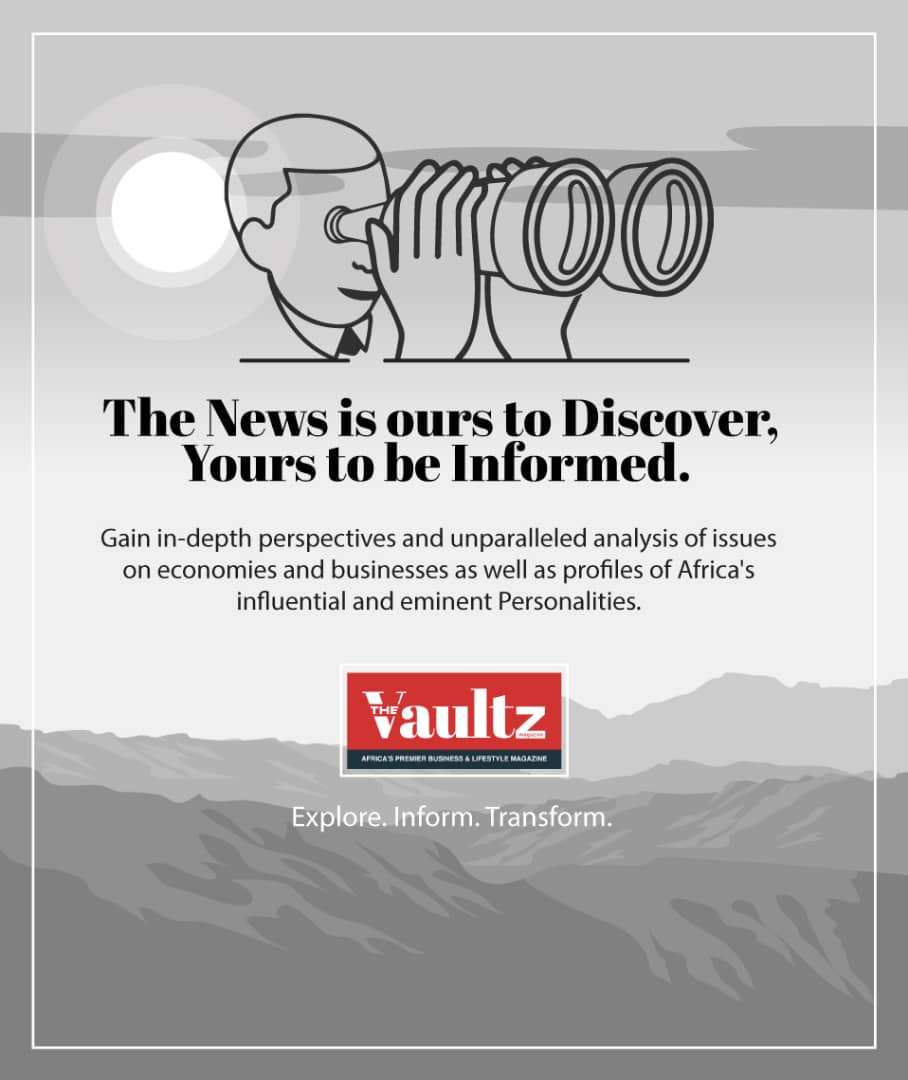Science, Technology, Engineering, and Mathematics (STEM) are pivotal in driving economic growth, yet gender disparities persist worldwide. Women in STEM continue to face significant barriers in securing funding, publishing research, and attaining leadership roles in these fields.
“Despite the progress, women still make up only one-third of the global scientific community,” said Secretary-General António Guterres in his address for the International Day of Women and Girls in Science.
As the world commemorates the 10th anniversary of this initiative, the urgency to dismantle these barriers has never been greater. This year’s theme, “Unpacking STEM Careers: Her Voice in Science”, underscores the need to empower women by ensuring equal opportunities in science.
Education plays a crucial role in bridging the gender gap in STEM, yet 122 million girls worldwide remain out of school, according to the UN Educational, Scientific and Cultural Organization (UNESCO). Even among those who access formal education, societal expectations and gender stereotypes discourage many from pursuing careers in science.
During the anniversary celebration, President of the General Assembly, H.E. Philémon Yang, stressed the need for immediate action. “As artificial intelligence and other emerging technologies reshape the economy, women and girls must have the skills to seize these opportunities,” he emphasized.

He also noted that progress has stagnated over the past decade, with only 15% of young female graduates choosing STEM disciplines, compared to 35% of their male counterparts.
Women in STEM Are Key to Economic Growth
The underrepresentation of women in fields like artificial intelligence results in biased technologies and exacerbates existing inequalities, Guterres explained. A more diverse STEM workforce would not only promote fairness but also significantly boost global economic growth.
The World Economic Forum estimates that doubling the number of women in the technology workforce by 2027 could contribute an additional 600 billion euros to the global economy.
To address these challenges, UNESCO and UN Women advocate for gender-sensitive teacher training, mentorship programs, and increased investment in STEM education for girls.
One of the highlights of this year’s event was an astronaut-led panel discussion at the UN Headquarters in New York, featuring 16 female astronauts — nearly 20% of all women who have ever traveled to space.
Among them was Amanda Nguyen, astronaut and founder of Rise, an organization championing the rights of sexual assault survivors. “Women survivors’ dreams still matter, even the outrageous ones, like flying to space,” she declared.
Her words carried significant weight, especially given that over 50% of women faculty and staff in STEM have faced sexual harassment, according to the National Institutes of Health.
Former astronaut Dr. Cady Coleman, reflecting on her experiences in space, highlighted the importance of teamwork. “The only people who are going to help you are the people next to you,” she stated, underscoring the need for global collaboration in tackling gender inequality.
This year’s observance is a reminder that solving global challenges, from climate change to public health, requires the full participation of women and girls in science.
As the Beijing Declaration and Platform for Action marks its 30th anniversary, global leaders are being urged to move beyond symbolic commitments and implement concrete measures to close the gender gap in STEM.
“We know the solutions,” said Mr. Yang, calling for targeted policies and sustained investment in STEM education. “Let us not just mark these milestones—let us honor them with action.”
The recently adopted Pact for the Future recognizes science as a critical tool for achieving gender equality, aiming to dismantle systemic barriers and create more opportunities for women in STEM.
READ ALSO: Mahama Orders Probe into NSA Ghost Names Scandal, Clear Arrears





















